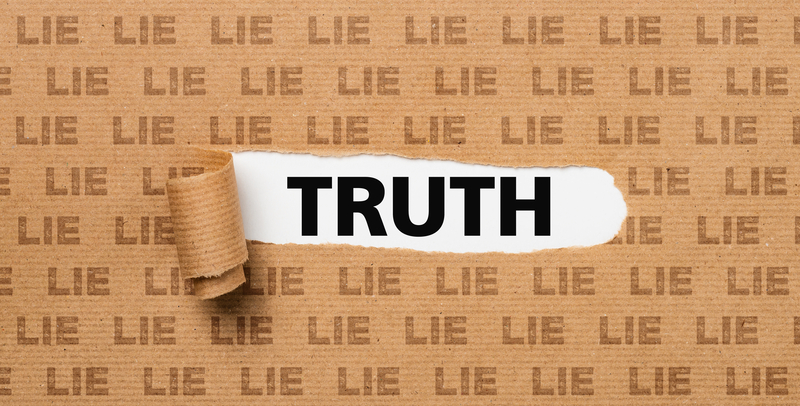WASHINGTON – With the April 18 tax-filing deadline closing in for most taxpayers, the Internal Revenue Service wants to dispel some new and common myths about getting refund details or speeding up tax refunds. A number of these myths circulate on social media every tax season.
The IRS continues to process 2021 tax returns and deliver refunds, with nine out of 10 refunds issued in less than 21 days. As of the week ending April 1, the IRS has sent out more than 63 million refunds worth over $204 billion. The average refund is $3,226.
The IRS reminds taxpayers the easiest way to check on a refund is Where’s My Refund?, an online tool available on IRS.gov and through the IRS2Go mobile app. Where’s My Refund? provides taxpayers the same information and issue date information that IRS assistors and tax professionals have.
Where’s My Refund? can be used to check the status of a tax return within 24 hours after a taxpayer receives their e-file acceptance notification. The Where’s My Refund? tool is updated only once every 24 hours, usually overnight, so there’s no need to check the status more than once a day. Taxpayers should only call the IRS tax help hotline to talk to a representative if it has been more than 21 days since their tax return was e-filed, or more than six weeks since mailing their return.
For those awaiting processing of a 2020 tax return, the IRS continues to make progress in this area and has taken numerous steps to help address this issue, including stopping the mailing of key notices and adding more IRS employees as part of surge teams to continue working tax returns, as well as amended returns and correspondence from last year.
Seven common myths about tax refunds:
Myth 1: Calling the IRS or visiting an IRS office speeds up a refund
Many taxpayers mistakenly believe the commonly held myth that speaking with the IRS by phone or visiting in-person at an IRS Taxpayer Assistance Center will expedite their tax refund. The best way to check the status of a refund is online through the Where’s My Refund? tool at IRS.gov or via the IRS2Go mobile app. Alternatively, those without internet access can reach Where’s My Refund? by calling the automated refund hotline at 800-829-1954. IRS Taxpayer Assistance Centers operate by appointment and inquiring about a tax refund’s status does not expedite the process.
Myth 2: Taxpayers need to wait for their 2020 return to be processed before filing their 2021 return, or that all refunds are delayed due to the number of 2020 returns the IRS still needs to process.
The reality is that taxpayers generally will not need to wait for their 2020 return to be fully processed to file their 2021 tax returns. They should file when they’re ready. People with unprocessed 2020 tax returns, should enter $0 (zero dollars) for last year’s AGI on their 2021 tax return when electronically filing.
Myth 3: Taxpayers can get a refund date by ordering a tax transcript
Ordering a tax transcript will not inform taxpayers of the timing of their tax refund, nor will it speed up a refund being processed. Taxpayers can use a transcript to validate past income and tax filing status for mortgage, student and small business loan applications and to help with tax preparation. But the Where’s My Refund? tool is the fastest and most accurate way to check the status of a refund.
Myth 4: Where’s My Refund? must be wrong because there’s no deposit date yet
While the IRS issues most refunds in less than 21 days, it’s possible a refund may take longer for a variety of reasons, including when a return is incomplete or needs further review. Delays can be caused by simple errors like an incomplete return, transposed numbers or when a tax return is affected by identity theft or fraud. The Where’s My Refund? tool only updates data once a day – usually overnight.
Myth 5: Where’s My Refund? must be wrong because a refund amount is less than expected
Different factors can cause a tax refund to be larger or smaller than expected. Situations that may decrease a refund can include corrections to any Recovery Rebate Credit or Child Tax Credit amounts, delinquent federal taxes or state taxes and past due child support. The IRS will mail the taxpayer a letter of explanation if these adjustments are made. The Department of Treasury’s Bureau of the Fiscal Service may also send a letter if all or part of a taxpayer’s refund was used to pay certain financial obligations.
Myth 6: Calling a tax professional will provide a better refund date
Contacting a tax professional will not speed up a refund. Tax professionals cannot move up a refund date nor do they have access to any “special” information that will provide a more accurate refund date. The Where’s My Refund? tool provides taxpayers with the same accurate and timely information that a tax professional, or even an IRS telephone assistor can access.
Myth 7: Getting a refund this year means there’s no need to adjust tax withholding for 2022
Taxpayers should continually check their withholding and adjust accordingly. Adjusting tax withholding with an employer is easy and using the Tax Withholding Estimator tool can help taxpayers determine if they are withholding the right amount from their paycheck. Taxpayers who experience a life event like marriage or divorce, childbirth, an adoption, home purchase or major income change are encouraged to check their withholding. Withholding takes place throughout the year, so it’s better to take this step as soon as possible.


